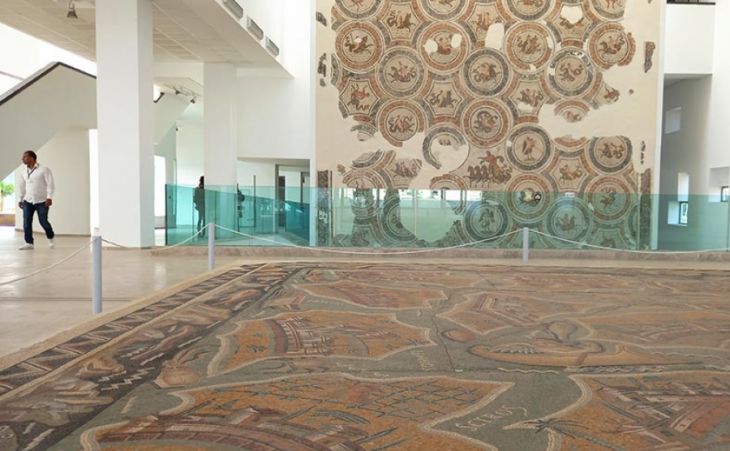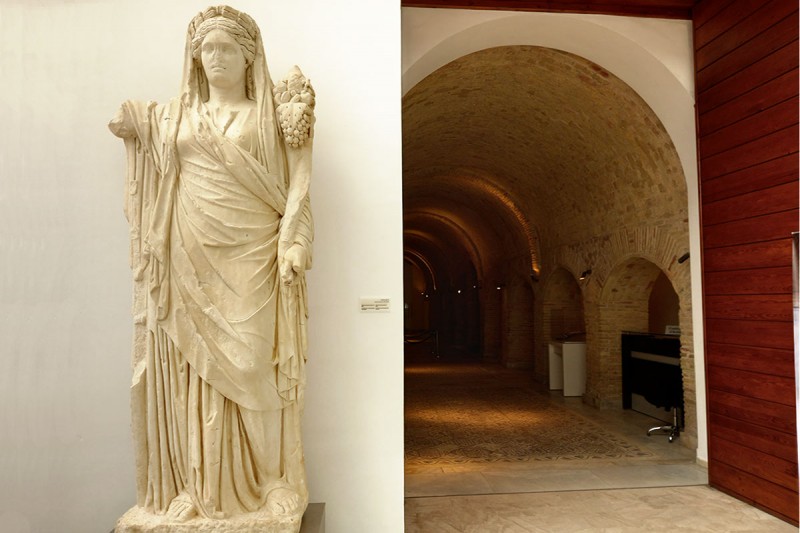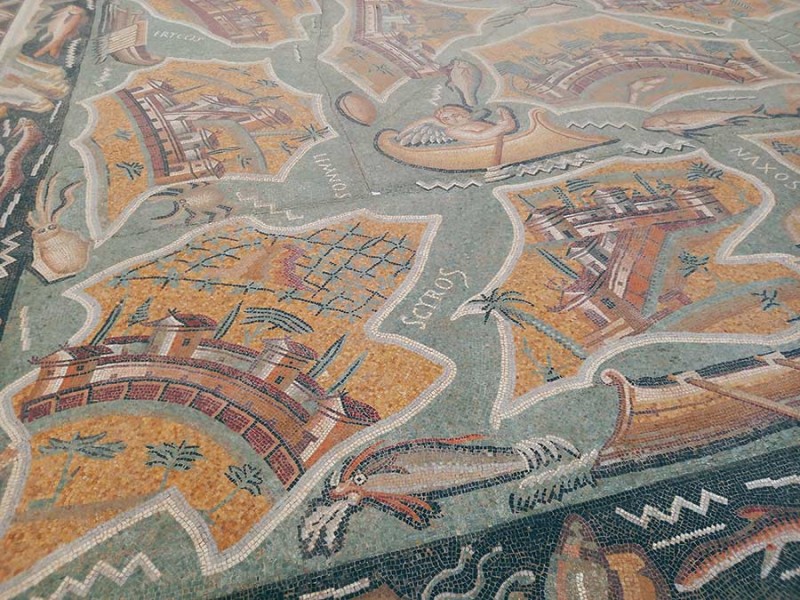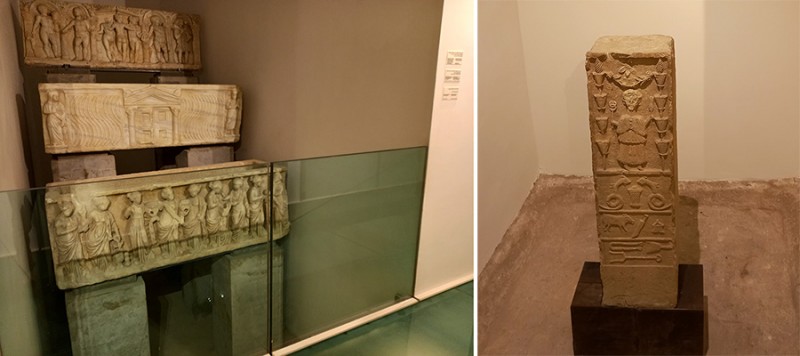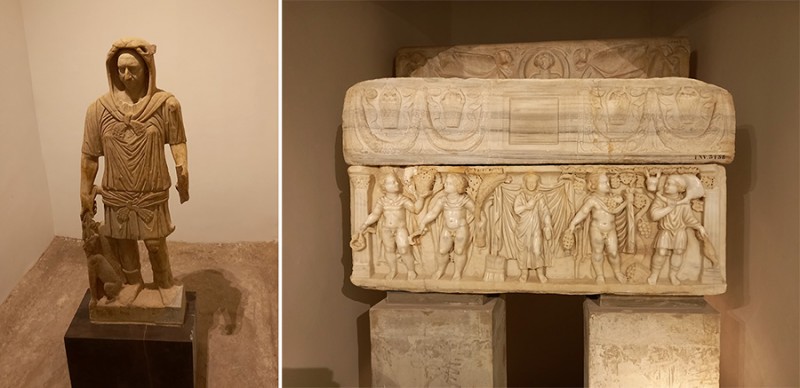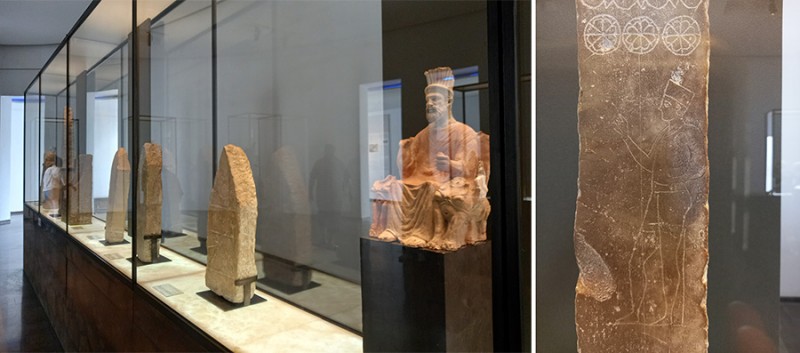Tunisia’s most prestigious museum has reopened under the sign of the goddess Concordia after a two-year closure.
At the entrance to the museum, a giant statue of
the goddess Concordia has been placed. It seems to invite visitors to take the beautiful vaulted corridor that leads to the holy of holies: the extraordinary Romano-African mosaics and the great Carthage room.
The Bardo Museum is one of the most prestigious archaeological museums in the Mediterranean basin. The Bardo Museum boasts the largest collection of mosaics in the world. An inexhaustible source of information on culture and daily life in Africa, the rich Roman province that became Tunisia.
A new mosaic has appeared in the vast entrance hall: the ‘Island Mosaic’. This ‘pseudo-map’ depicts various island sites in the Mediterranean, with their real names (Cyprus, Rhodes, etc.), but in a fanciful order. It was discovered in 1995 at Haïdra near the Algerian border… 200 km from the sea!
Another new feature: the Hall of Sarcophagi welcomes you in a mysterious half-light, on bluish glass walkways, a reminder that these were the water cisterns of the former Beys palace. It’s a surprising place to admire stelae engraved with enigmatic symbols, and finely sculpted marble burial chests.
New objects have been added to certain rooms and display cases. The
Islamic department has been given a facelift.
The precious parchments (including the magnificent Blue Koran) have been given an improved presentation.
Punic stelae and statuette of the great god Baal – The stela of the Priest with Child,
perhaps illustrating the survival of child sacrifices in ancient Carthage… or a special funeral rite for children who died in infancy
The Bardo Museum, a veritable labyrinth of rooms and civilisations, has never been fully explored. Since 2010, its renovation work has been an eternal ‘work in progress’. For a long time to come, there will always be something new at the Bardo Museum!
Every day except Monday, 9.30am to 4.30pm
